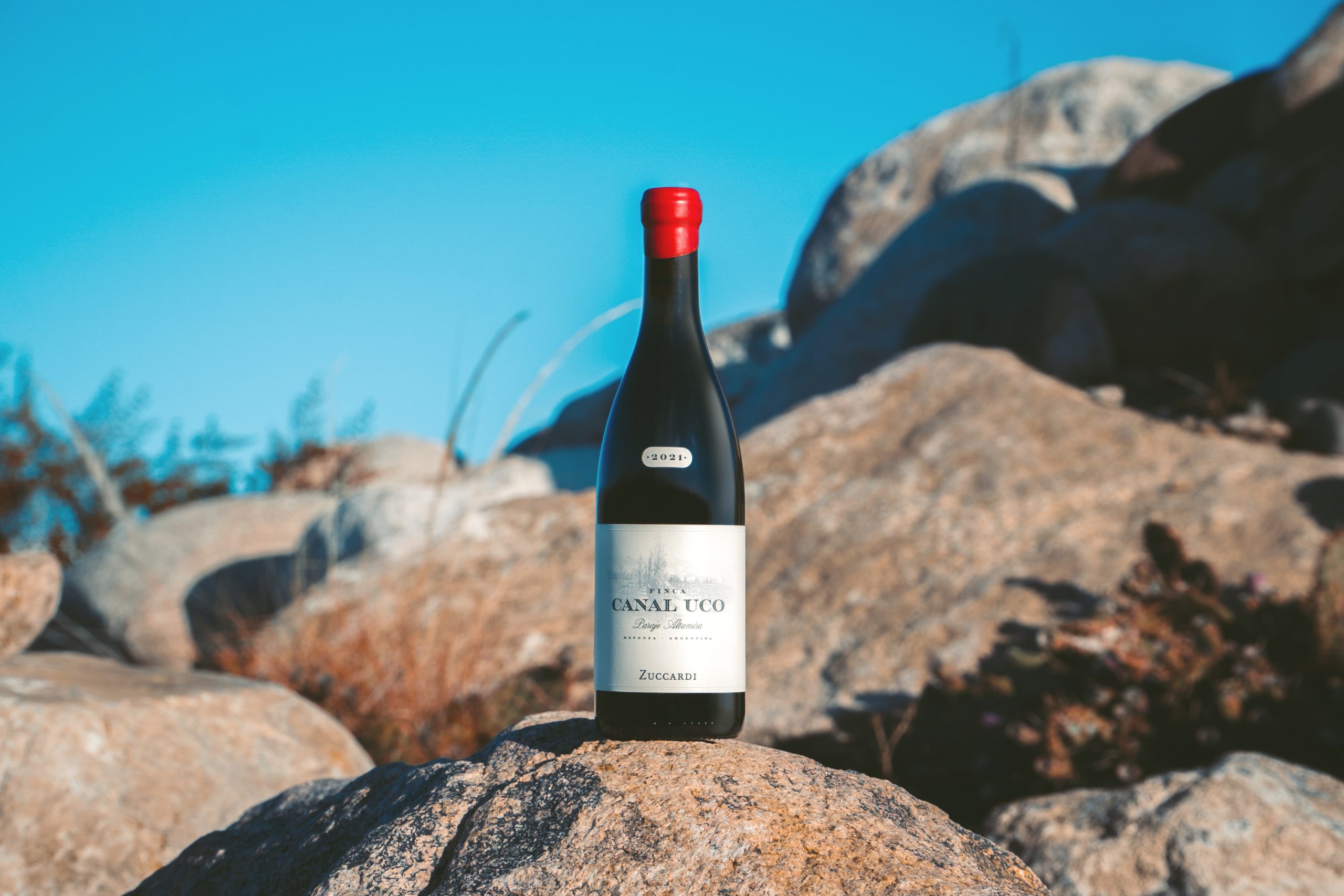Roederer to launch late-release Cristal
Roederer plans to release a new expression of Cristal which sees the Champagne undergo extended ageing both before and after disgorgement.
Speaking at a vertical Cristal tasting in London on Tuesday last week, Roederer’s joint MD and head winemaker Jean-Baptiste Lecaillon said he would make a “small release” of the prestige cuvee’s 1995 vintage in 2015, or possibly 2016.
Noting that around 5% of Cristal’s production in any single vintage is placed in Roederer’s vinotèque for extended ageing, he said that a planned launch of the 1995 Cristal would mark the first time an older wine has been released commercially.
While Cristal is currently selling the 2006 vintage, which sees just under seven years ageing on its less, the upcoming 1995 will have spent 10 years on its lees, and 10 years ageing post disgorgement.
Lecaillon said that the wine’s extra 3 years spent ageing on lees did “not make a big difference,” but brought “extra textural complexity” to the prestige cuvée.
Continuing, he explained that an added richness from the longer lees contact had allowed him to drop the dosage on the late-release Cristal to around 7 g/l from 9-9.5g/l for the standard Cristal expression.
“We find there is an extra roundness and sweetness on the mid-palate with an extra three years on the lees, so the dosage is 2 grams lower,” he commented.
Unlike other late-release prestige cuvée Champagnes such as Dom Pérignon’s Oenothèque or Bollinger’s RD, the Cristal from Roederer’s vinotèque will have spent as much time ageing on its lees as off them.
Lecaillon explained that he felt that more than 10 years ageing on the lees would bring more weight than he wanted for the older expression of Cristal.
“If we leave the wine for more time on the lees it brings yeasty flavours that can become a bit heavy,” he said.
Partner Content
He then commented, “Keeping the wine three more years on the lees doesn’t make that much difference, but it’s about finding the right textural peak.”
He also said that very extended ageing on lees can leave a Champagne susceptible to oxidation after disgorgement, even though the process of autolysis consumes oxygen in the wine.
“It is on reduction when it is on the lees, but the more time you spend on the lees, the less you can age after,” he said.
He also remarked that “the more you keep it on the lees, the more sensitive it is to oxidation when you disgorge.”
Nevertheless, he explained that he has gradually increased the length of time Roederer’s wines spend ageing on their lees, with, since 1996, Cristal increasing its pre-disgorgement cellaring from four years to seven; Roederer’s vintage from 3.5 years to five, and its Brut NV from 2.5 years to three.
Lecaillon said that he had chosen the 1995 vintage for Cristal’s first commercial late-disgorged, late-release expression because “it is the ideal point for us…. It still has youth and power.”
He said there was currently no name for the future 1995 Cristal release, but assured the drinks business that it would not be called Cristal vinotèque.
It is believed that fewer than 500 bottles will be available when it goes on sale next year or possibly 2016.




